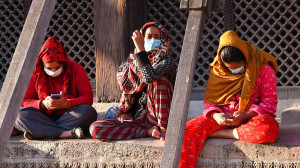Sun, Dec 7, 2025
Columns
Smog control in Punjab
An AI model predicts seven-day smog patterns, allowing the authorities to prepare.
bookmark
Raja Jahangir Anwar
Published at : November 15, 2025
Updated at : November 16, 2025 07:16
Nation building takes years, sometimes generations. Environmental rebuilding takes no less. It took us decades to poison our skies with unmanaged dust, unchecked exhaust, adulterated fuels and unplanned sprawl. However, corrective measures have begun, not with promises, but with systems. This shift has been possible under the political direction of the Punjab chief minister, whose government has placed environment at the centre of the province’s development agenda, and the administrative follow-through of chief secretary Punjab who ensured coordination across departments.
The first principle of any reform is simple: You cannot manage what you cannot measure. The province, which had just three functional air quality monitoring stations donated in 2007, today operates 75 with 10 mobile units roaming hotspot districts. Twenty-five more will be live by the end of 2025, creating the most extensive environmental monitoring network ever attempted in Pakistan.
Measurement has also enabled precision forecasting. An artificial intelligence model, developed with satellite support, now predicts seven-day smog patterns, allowing the authorities to prepare before the crisis peaks. This is complemented by a central monitoring room—the Smog War Room—linking divisional weather rooms, enforcement units, and dashboards that track real-time operations, from fog cannon deployment to vehicle testing and industrial compliance.
It is pertinent to mention here that smog is not a single-source problem. Punjab’s source apportionment study, being conducted through Suparco, has indicated fugitive dust as one of the largest contributors to particulate matter during winter. It emanates from unpaved roads, dry construction sites and neglected public works. To respond, the province has deployed 15 high-capacity mist cannons mounted on trucks with water bowsers. These are not ceremonial gadgets but engineered systems capable of suppressing dust over 120 metres. Furthermore, Pakistan’s first dust-control SOPs now require mist sprinkling and site fencing at all construction sites.
An AI model predicts seven-day smog patterns, allowing the authorities to prepare.
Parallel to dust suppression runs a quieter but equally significant reform: Fuel quality control. In a province of millions of motorcycles and vehicles, there was not a single fuel testing lab until recently. Now, three state-of-the-art labs in Lahore, Rawalpindi, and Multan, along with three mobile units, test samples daily. Punjab’s new emission testing system, with 100 analysers and 22 fixed stations in Lahore alone, has screened more than 260,000 vehicles this year.
The Environmental Protection Force—250 new officers on electric bikes equipped with body cameras—has given enforcement a human face backed by digital proof. Through five newly built divisional offices and four more under construction, this force is operational in hotspot districts and supported by the Smog War Room, 67 quick response centres and AI-linked CCTV feeds. A bilingual helpline, WhatsApp Chatbot, and Green Punjab App have given citizens 24/7 access to file complaints, check case status and receive health advisories. The system now closes 96 percent of complaints.
Under the supervision of the senior minister for environment, these enforcement and digital-governance reforms have evolved into a province-wide Clean Air Framework that links industry, transport and agriculture into one chain of accountability. She provided the strategic continuity that turned environmental intent into institutional reform. Punjab launched and implemented the Climate Resilient Punjab Vision and Action Plan 2024—the province’s first-ever climate policy that introduced a whole-of-government approach to tackling air, water, land and waste challenges. The policy did not end at approval; it evolved into coordinated action across governance, enforcement and citizen engagement.
The shift from reaction to planning extends to agriculture as well. Stubble burning, long seen as an intractable cultural habit, is being addressed through a combination of technology, incentives and surveillance. Satellite-based fire anomaly alerts trigger ground responses from the Environment Protection Force and district teams. The government has subsidised 5,000 super seeders and plans another 5,000 under the Punjab Clean Air Programme, while interest-free loans of Rs30 billion have been opened for modern harvesters and balers. Farmers in treated zones report significant reductions in open burning, with over half a million acres now harvested through mechanised, low-emission means.
Industrial reform has been equally systemic. More than 13,500 industries have been mapped with drone-assisted verification and given digital IDs. The Resource Efficient and Cleaner Production Programme has disbursed Rs1.18bn in soft loans to small industries to retrofit emission control systems. What once depended on surprise visits now runs on e-compliance, drone monitoring and traceable reopening after verified compliance. A parallel greening drive—25 million trees, 2.1m along the Green Ring around Lahore alone—has begun to form a living buffer between concrete and air.
Financing mechanisms have been modernised to keep the green agenda solvent. The Environment Endowment Fund, backed by $50 million from the World Bank, anchors long-term projects in research, innovation and industrial adaptation. The Punjab Green Credit Programme converts eco-friendly behaviour into tangible incentives, each verified environmental action earns citizens up to Rs10,000 in green credits.
Lahore did not descend into smog overnight; it will not emerge from it overnight either. What distinguishes the current phase is continuity all converging to institutionalise what was once episodic firefighting. The deterrence being built today in labs, in legislation, in enforcement and in citizen trust, will take years to mature, but it is the only path that works. Environmental recovery is not dramatic; it is procedural. It grows with every tree, every clean litre of fuel, every enforced emission standard and every citizen who decides that clean air is worth the wait. The question now is whether we can sustain the patience and discipline that true reform demands.
-Dawn (Pakistan)/ANN
Most Read from Columns
Editor's Picks
Government pushes to free universities from political grip
Most patients reach hospital after taking multiple antibiotics
Karki government finds itself mired in controversies
School dropout Achham youth returns from India, passes SEE and seven PSC exams
Nepal closer to 5G auction as regulator seeks ministry nod
E-PAPER | December 07, 2025
×




 8.12°C Kathmandu
8.12°C Kathmandu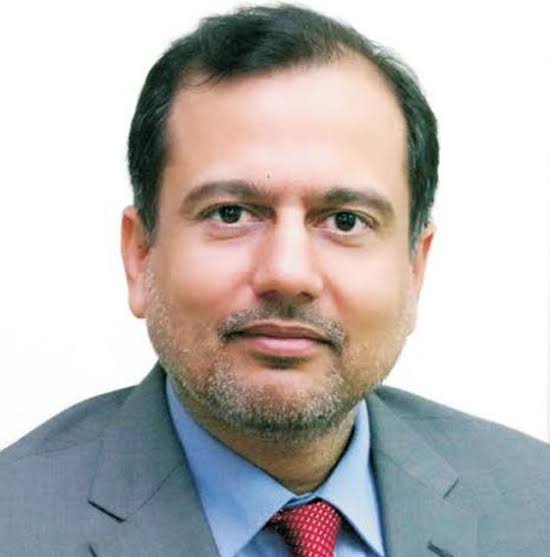
.jpg&w=200&height=120)
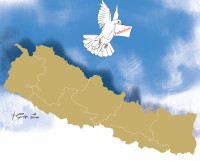





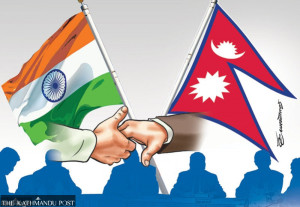


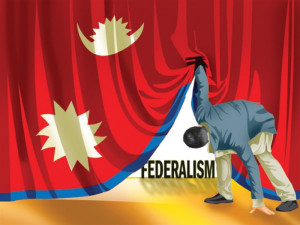


%20(1).jpg&w=300&height=200)

